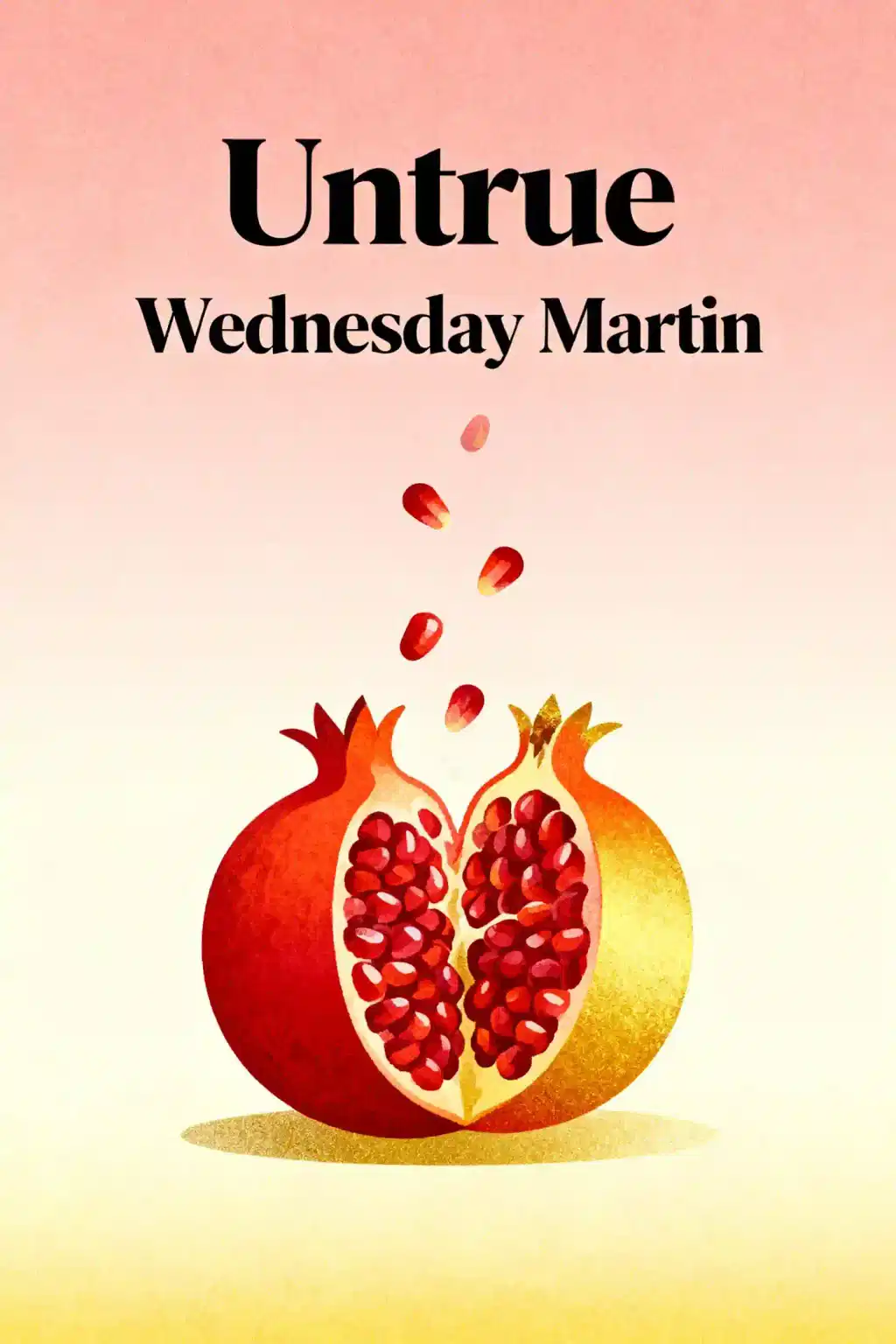What is
Sex at Dawn about?
Sex at Dawn challenges the traditional narrative of human monogamy, arguing that prehistoric hunter-gatherer societies practiced communal sexuality, resource-sharing, and fluid partnerships. Authors Christopher Ryan and Cacilda Jethá draw from anthropology, primatology, and anatomy to suggest that jealousy and strict pair-bonding emerged with agriculture, private property, and patriarchal norms. The book posits that modern sexual conflict stems from denying our promiscuous evolutionary roots.
Who should read
Sex at Dawn?
This book is ideal for readers interested in evolutionary biology, unconventional perspectives on relationships, or critiques of monogamy. It appeals to those grappling with societal expectations around fidelity, as well as fans of bold anthropological theories. Critics of evolutionary psychology and advocates for ethical non-monogamy may also find it provocative.
Is
Sex at Dawn worth reading?
While criticized by some scholars for cherry-picking evidence, Sex at Dawn offers a compelling, accessible challenge to mainstream views on sexuality. Its humor, interdisciplinary approach, and examination of bonobo behavior make it worthwhile for open-minded readers. However, it should be read alongside peer-reviewed research for balanced perspective.
What evidence does
Sex at Dawn use to argue against monogamy?
The book cites:
- Bonobo behavior: Frequent, non-reproductive sex for social bonding.
- Anatomical traits: Human testicle size (sperm competition) and concealed ovulation.
- Anthropology: Reports of sexual fluidity in hunter-gatherer societies.
- Historical shifts: Link between agriculture, property ownership, and paternal certainty demands.
How does
Sex at Dawn explain jealousy in modern relationships?
Ryan and Jethá argue jealousy is culturally amplified rather than innate. They suggest prehistoric societies minimized jealousy through group cohesion and shared parenting responsibilities. Modern monogamous frameworks, they claim, create unrealistic expectations that clash with our biological predispositions, leading to conflict.
What criticisms have scholars raised about
Sex at Dawn?
Key critiques include:
- Overreliance on bonobo comparisons despite human evolutionary proximity to chimpanzees.
- Selective use of anthropological data ignoring monogamous hunter-gatherer groups.
- Lack of engagement with contemporary evolutionary psychology research.
- Oversimplification of agricultural societies’ impact on sexuality.
How does
Sex at Dawn compare to
The Moral Animal by Robert Wright?
While Robert Wright’s The Moral Animal aligns with standard evolutionary psychology narratives about monogamy, Sex at Dawn directly contests these views. Ryan and Jethá reject Wright’s emphasis on paternal certainty and sexual strategizing, instead framing cooperation—not competition—as humanity’s evolutionary advantage.
What does
Sex at Dawn say about homosexuality?
The authors argue homosexuality persisted evolutionarily because non-reproductive sexual activity strengthened social bonds in communal groups. They challenge the notion that same-sex attraction is anomalous, framing it as part of humanity’s broad sexual flexibility that promoted tribal cohesion.
How does agriculture factor into
Sex at Dawn’s argument?
The book identifies agriculture as the “original sin” disrupting sexual egalitarianism. Farming enabled wealth accumulation, creating incentives for monogamy to ensure inheritance. This shift allegedly introduced concepts of paternity, possessive jealousy, and gendered power imbalances absent in nomadic foraging societies.
What relationship advice does
Sex at Dawn offer?
Though explicitly avoiding prescriptive guidance, the book implies that acknowledging humanity’s non-monogamous roots can reduce shame around desire and infidelity. It encourages couples to consciously negotiate boundaries rather than blindly accept societal norms. The authors stress communication over assumptions of innate compatibility.
Why is
Sex at Dawn controversial?
Its rejection of monogamy as unnatural clashes with religious, cultural, and even scientific mainstream narratives. Critics accuse it of romanticizing prehistory and ignoring modern relationship complexities. However, its TED Talk-influenced style made these ideas accessible to general audiences, sparking global debate.
How does
Sex at Dawn address female sexuality?
The book challenges the “standard model” of women using sex to barter for resources, arguing prehistoric women had equal sexual agency. It cites extended female orgasmic capacity and non-reproductive sex as evidence that evolution favored sexually assertive women in cooperative groups.
Is
Sex at Dawn relevant in 2025?
As conversations about polyamory, gender roles, and sexual identity evolve, the book remains a touchstone. Its critique of “one-size-fits-all” relationship models resonates with younger generations exploring ethical non-monogamy. However, readers should supplement it with contemporary research on LGBTQ+ and BIPOC sexual histories.














